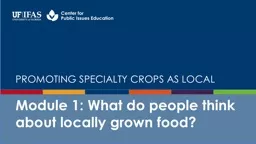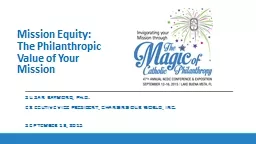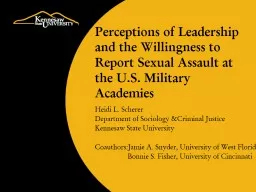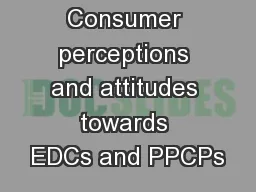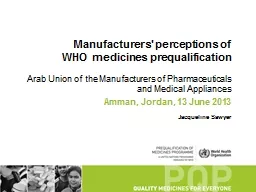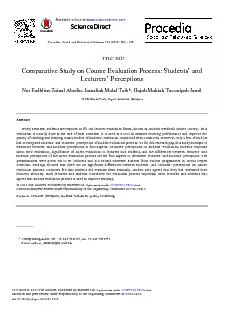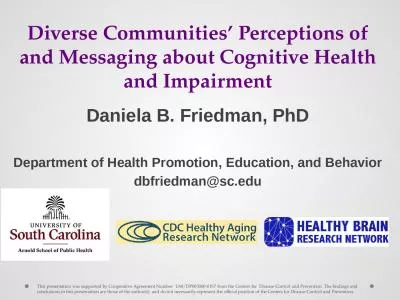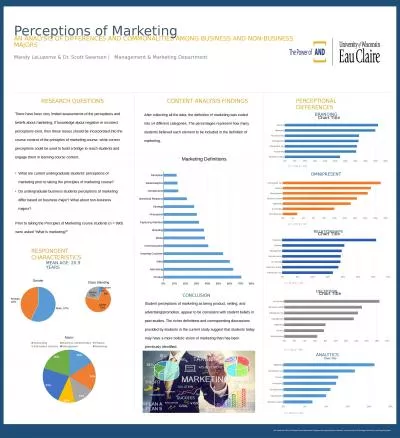PPT-Educational Needs and Perceptions
Author : tatyana-admore | Published Date : 2015-10-23
of Individuals Who Raise Backyard Poultry in Indiana A Masters Project Erika Brown Graduate Advisory Committee Marianne Ash Indiana Board of Animal Health Paul
Presentation Embed Code
Download Presentation
Download Presentation The PPT/PDF document "Educational Needs and Perceptions" is the property of its rightful owner. Permission is granted to download and print the materials on this website for personal, non-commercial use only, and to display it on your personal computer provided you do not modify the materials and that you retain all copyright notices contained in the materials. By downloading content from our website, you accept the terms of this agreement.
Educational Needs and Perceptions: Transcript
Download Rules Of Document
"Educational Needs and Perceptions"The content belongs to its owner. You may download and print it for personal use, without modification, and keep all copyright notices. By downloading, you agree to these terms.
Related Documents



